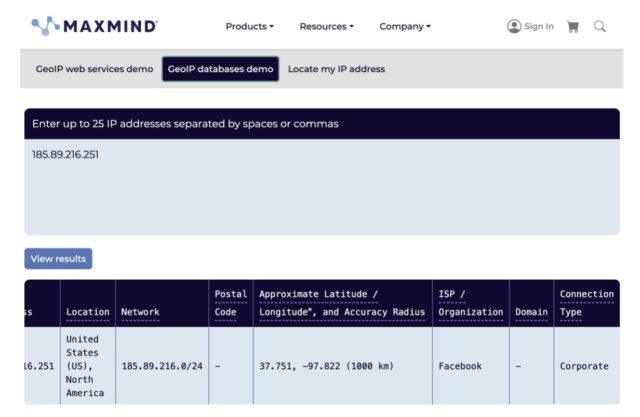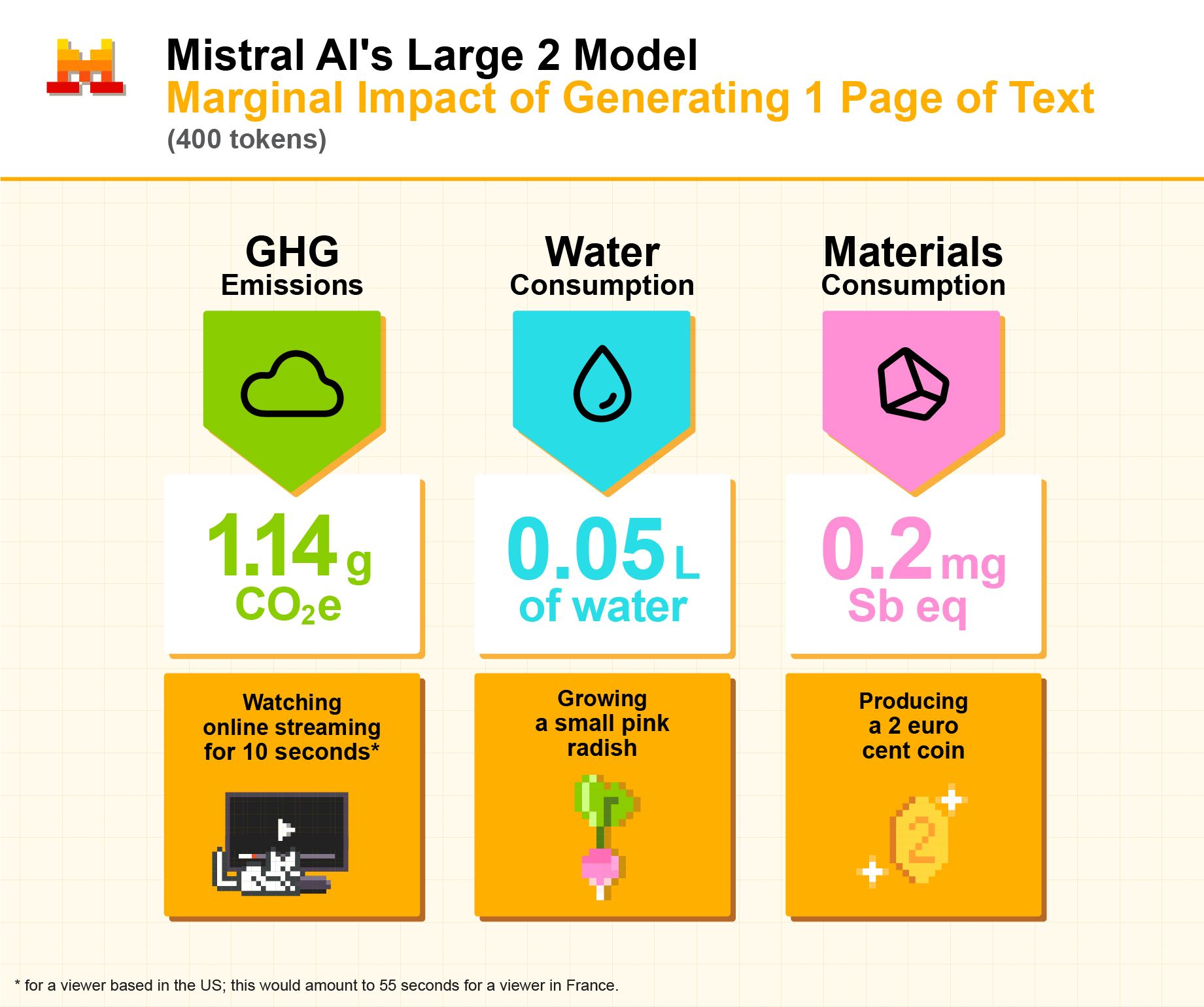Google confirms it will sign the EU AI Code of Practice
The regulation of AI systems could be the next hurdle as Big Tech aims to deploy technologies framed as transformative and vital to the future. Google products like search and Android have been in the sights of EU regulators for years, so getting in on the ground floor with the AI code would help it navigate what will surely be a tumultuous legal environment.
A comprehensive AI framework
The US has shied away from AI regulation, and the current administration is actively working to remove what few limits are in place. The White House even attempted to ban all state-level AI regulation for a period of ten years in the recent tax bill. Europe, meanwhile, is taking the possible negative impacts of AI tools seriously with a rapidly evolving regulatory framework.
The AI Code of Practice aims to provide AI firms with a bit more certainty in the face of a shifting landscape. It was developed with the input of more than 1,000 citizen groups, academics, and industry experts. The EU Commission says companies that adopt the voluntary code will enjoy a lower bureaucratic burden, easing compliance with the block’s AI Act, which came into force last year.
Under the terms of the code, Google will have to publish summaries of its model training data and disclose additional model features to regulators. The code also includes guidance on how firms should manage safety and security in compliance with the AI Act. Likewise, it includes paths to align a company’s model development with EU copyright law as it pertains to AI, a sore spot for Google and others.
Companies like Meta that don’t sign the code will not escape regulation. All AI companies operating in Europe will have to abide by the AI Act, which includes the most detailed regulatory framework for generative AI systems in the world. The law bans high-risk uses of AI like intentional deception or manipulation of users, social scoring systems, and real-time biometric scanning in public spaces. Companies that violate the rules in the AI Act could be hit with fines as high as 35 million euros ($40.1 million) or up to 7 percent of the offender’s global revenue.
Google confirms it will sign the EU AI Code of Practice Read More »














